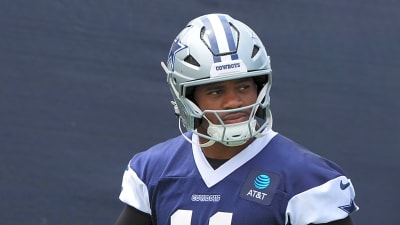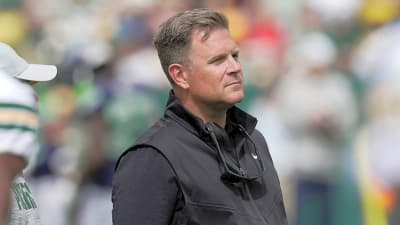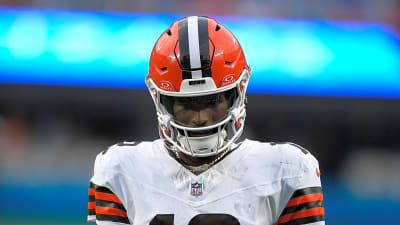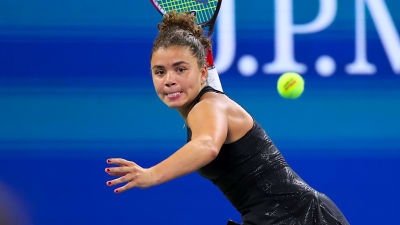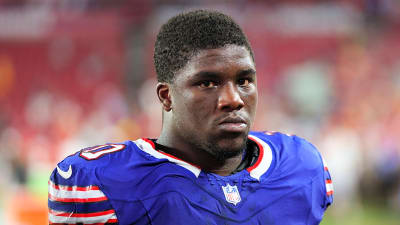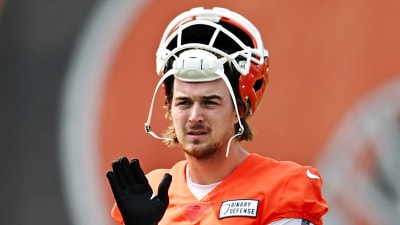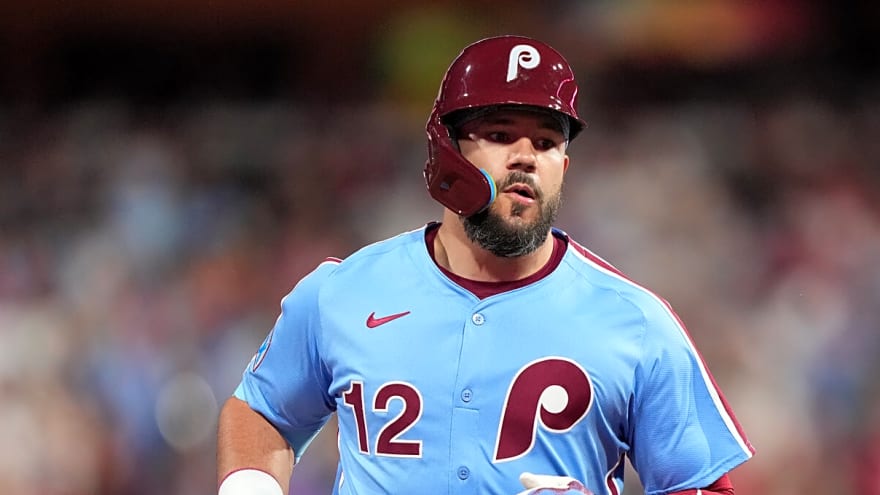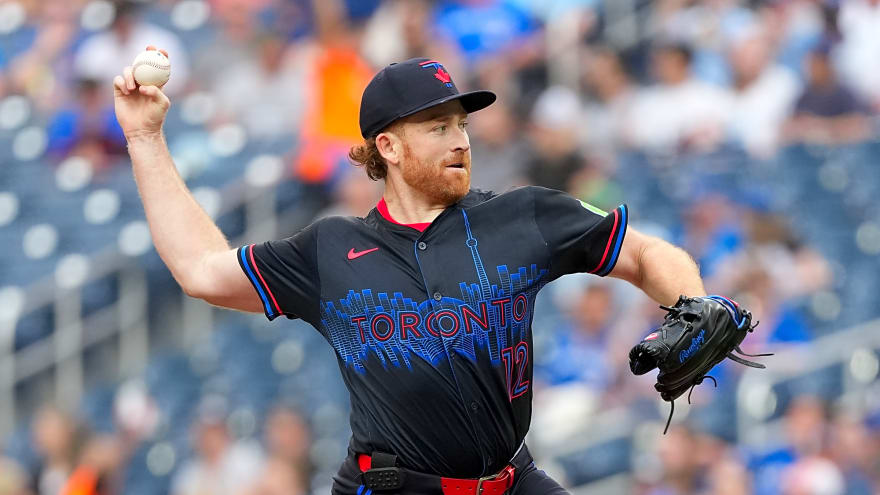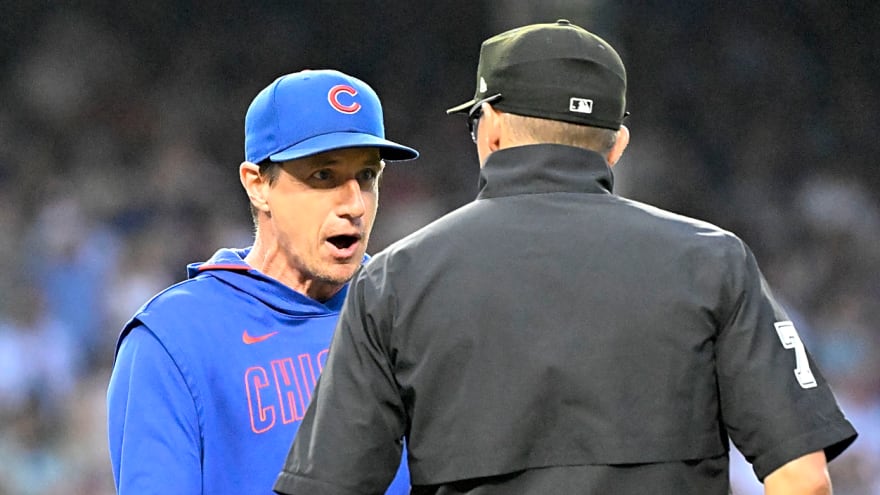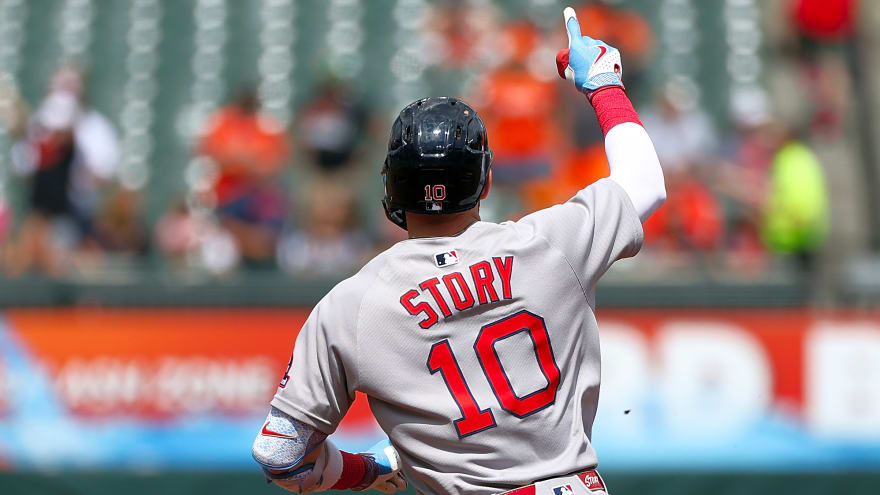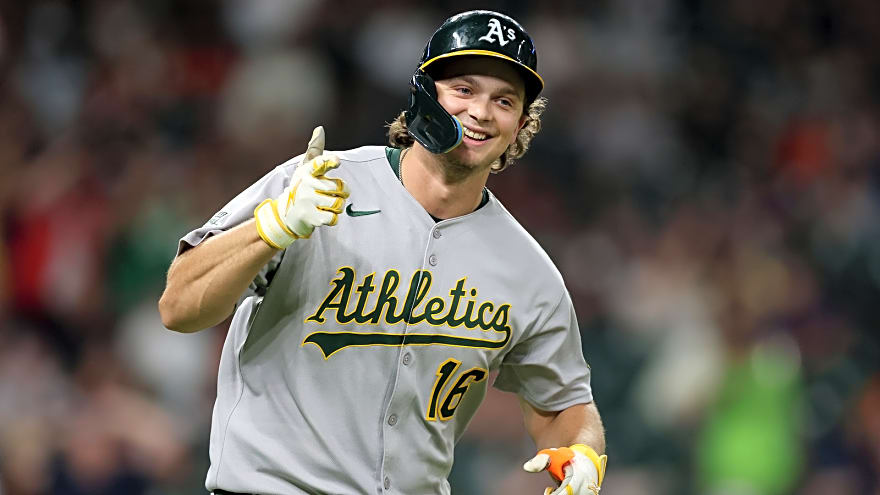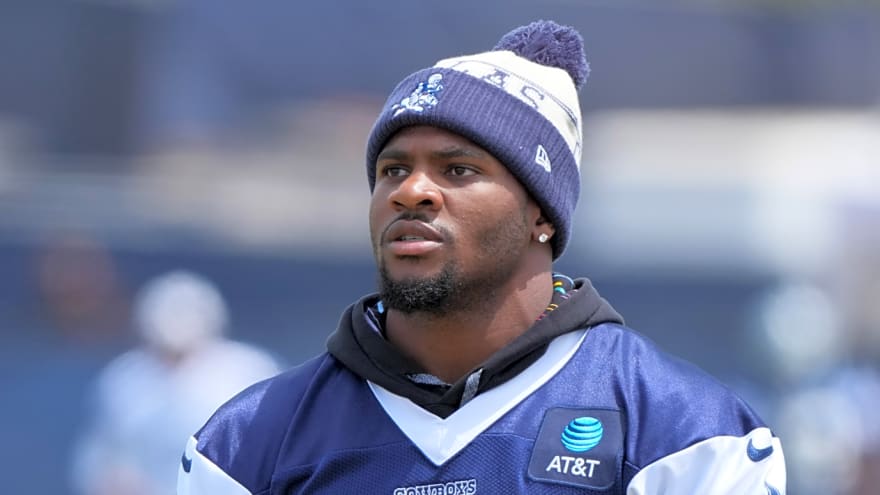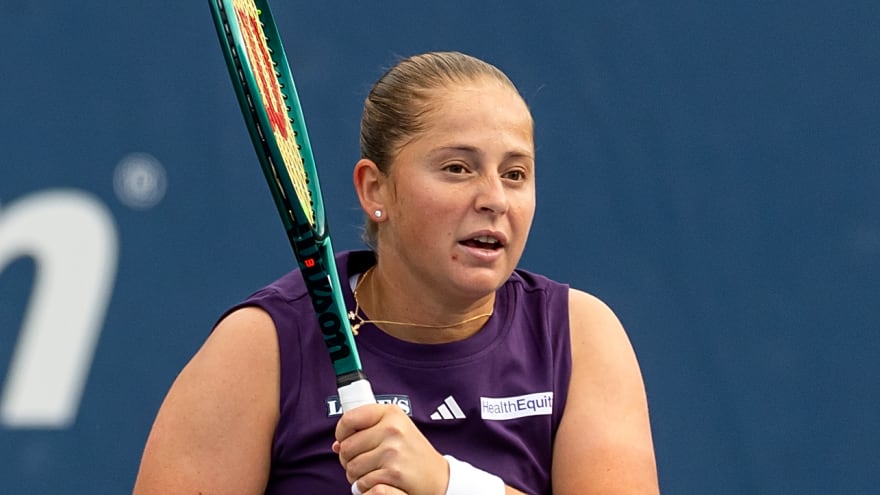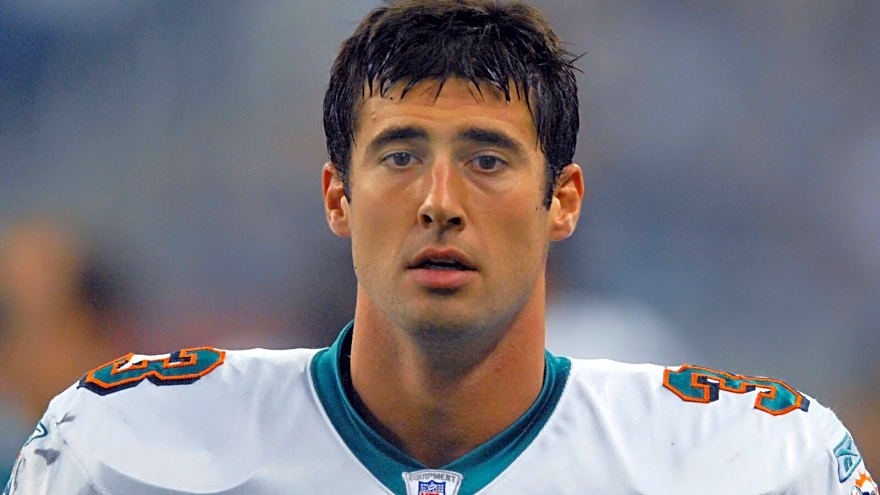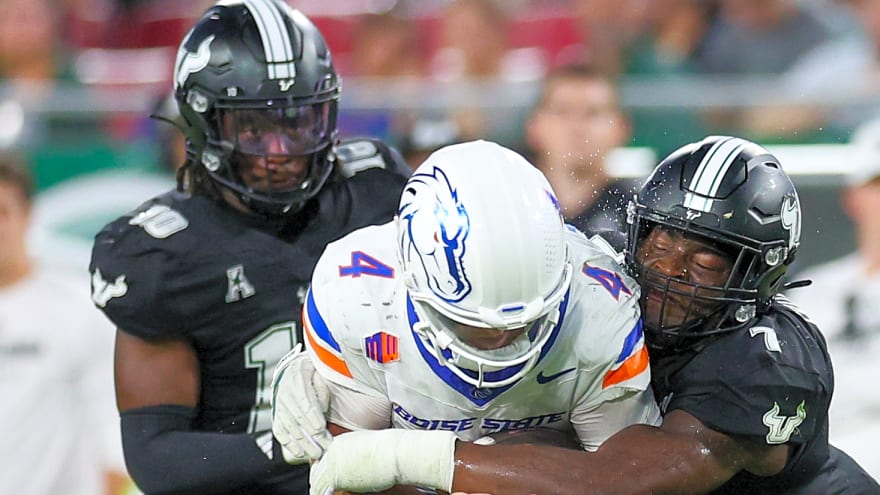
The challenge system for calling balls and strikes seems to be less than a year away. MLB commissioner Rob Manfred tells Evan Drellich of The Athletic that the league will propose that change, to go into effect in the 2026 regular season, to the Competition Committee. While the term “propose” may sound uncertain, MLB essentially has the ability to pass any on-field rule changes it wants.
MLB and the Players Association established the Competition Committee within the 2022 collective bargaining agreement. It’s an 11-person panel that consists of six league personnel, four player representatives and one umpire. That committee can pass rule changes by majority vote.
The league reps have a majority of their own, so they’re able to pass any league initiatives over the objections of the players as long as there’s no dissension within their ranks. That happened with the 2023 changes that included the introduction of the pitch clock and limits on defensive shifts, which the Committee passed over unanimous “no” votes from the four players.
The MLBPA knew at the time of the 2022 CBA that the setup was essentially handing over complete control of on-field rules to the league. MLB had a formal unilateral right to implement rule changes under previous CBAs, but the union had the ability to block any change for one year before the league could override it. The Competition Committee has the authority to implement a rule change after 45 days, so any offseason measures go into effect the following season.
The players on the Committee may well be in support of the automatic zone regardless. (It’ll perhaps be more interesting, if ultimately irrelevant, to see how the lone umpire representative votes). MLB initially had floated the concept of using a completely electronic strike zone, but it backed off that after receiving player feedback that it’d have too adverse an impact on catchers who make a living off their pitch framing acumen. They’ve tested the challenge system for years in the minors and introduced it to MLB spring training this year.
Human umpires will continue to make the vast majority of the ball-strike calls. Each team receives two challenges that would turn to the electronic zone to potentially overrule a call they feel is incorrect. Challenges must be called for in real time by either the hitter, catcher or pitcher. An overturned call does not result in a forfeited challenge. The limit on the number of incorrect challenges encourages players to challenge only if the call is either so egregious that they’re confident they’ll get it overturned or comes on pitches that might be particularly decisive to the outcome of the game.
Additionally, Manfred was noncommittal on when the league had interest in moving forward with a potential change to allow hitters to use bat tracking metrics to challenge check swing calls. The league began testing that with minor league players in the Arizona Fall League last season. It has not been used in any MLB exhibition games. MLB is unlikely to propose it without testing it in big league spring training, as they did with the ABS challenge. Manfred suggested that testing might not happen next year because of the more pressing strike zone change.
“We haven’t made a decision about the check-swing thing. … I think we got to get over the hump in terms of either doing ABS or not doing it before you’d get into the complication of a separate kind of challenge involved in an at-bat, right,” he told Drellich. “You think about them, they’re two different systems operating at the same time. We really got to think that one through.”
More must-reads:
- Balloting opens for MLB All-Star Game in Atlanta
- The 25 most surprising players from the 2025 MLB season so far
- The 'Active 20-home run MLB seasons' quiz
Breaking News
Trending News
Customize Your Newsletter
 +
+
Get the latest news and rumors, customized to your favorite sports and teams. Emailed daily. Always free!
TODAY'S BEST

Former Yankees Closer Turns Career Around with Rival Club
Rebounding from adversity is not an easy thing to do, but it seems that a former New York Yankees powerhouse pitcher has done it. Ex-Yankees closer Aroldis Chapman has turned his career around completely after a bad ending in New York. The “Cuban Missile” was once seen to be a specimen of a reliever until mental and physical struggles prevailed. When discussing adversity, Chapman went through it from the start. Being a Cuban national, his baseball career was already uncertain. Chapman defected from Cuba and made his way to the United States, where he became a star with the Cincinnati Reds. The big lefty’s adversities continued, as he was faced with a severe injury after being hit in the head with a line drive back to the mound. He then signed a huge deal with the Yankees in 2015 and became a superstar. The left-hander spent seven total seasons with the Yankees in two stints. Some were memorable, some were forgettable. Chapman’s last few seasons in the Bronx were not ones to remember. It is now 2025, and he is reborn as a trustworthy closer in Boston. From the Bronx to Boston: Aroldis Chapman’s Career Resurgence Aroldis Chapman was a three-time All-Star with the Yankees. His role as a closer was solidified, and in all three of those All-Star seasons, Chapman recorded 30-plus saves. Where did things go downhill? Well, in two instances: when hitters figured out his pitch repertoire, and when his maturity got in the way of his performance. Chapman was a rocket fastballer, which is why he was labelled a “missile.” He got up to 102 mph, and stayed almost consistently in the triple-digits. At one point, it seemed that his sole reliance was on his velocity, which didn’t last long. 102 mph in was 111 mph out, if caught flat in the zone, which was typically the case. In 2021 and 2024, his hard-hit percentage was over 40%. Command was also an issue for the left-hander, as wild pitches and bases-on-balls were consistent. Chapman maintained a walk percentage above 14% for five seasons dating back to 2018. He was not only with the Yankees in this span, but also spent time with the Texas Rangers, Kansas City Royals, and Pittsburgh Pirates. Chapman’s maturity was testing the Yankees organization. The structured environment was breached many times by immature and selfish decisions by Chapman. The closer got a tattoo in-season, which caused an infection, disallowing his activity. He was also defiant, deciding to skip mandatory team workouts based on his own thought process. Chapman was later disregarded and put up on the trade market. Fast forward to the present day, where Chapman closes for the Boston Red Sox, and has made changes. Chapman’s Present-Day Self is Valuable Now 37 years of age, Chapman’s overall character has leveled out to be a competitor, good teammate, and effective closer. He has been kept in line by a strict Red Sox environment. His performance has followed suit as well. From 2018 to 2024, Chapman’s walk rate averaged around 14%. In 2025, he currently holds a 7% rate, slashing that average in half. He maintains his velocity, increasing up to 105 mph and clocking consistently at 103 mph. Age has not ruined this feature. Chapman has improved his repertoire, commanding the fastball better, staying in and out of the zone. He also incorporated a splitter and is utilizing his sinker and slider more effectively. Chapman currently holds a 1.04 ERA with 26 saves, 74 strikeouts, 14 walks, and a 4-2 record in 52 innings pitched. The southpaw closer has revived his profile and is in the running for a postseason opportunity on the dark side (for Yankees fans, anyway) of the American League East.

Jerry Jones again proves he shouldn't be making decisions for Cowboys
When it comes to major decisions for the Dallas Cowboys it is always going to be Jerry Jones' way or the highway. The problem with that philosophy, however, is that the Jerry Jones way has proven to be a failure for more than 30 years. It's long past time for him to give up control of the team and hire a real general manager to fix the mess he keeps creating. All of that is back on the front-burner again following Thursday's conclusion of the Micah Parsons saga, with the All-Pro superstar getting traded to the Green Bay Packers for defensive tackle Kenny Clark and two first-round picks. In a vacuum, it's not a terrible return. Clark is a legitimate starter on the defensive line -- and a very good player -- and two first-round picks are always going to have some value. But professional sports does not exist in a vacuum. There is always more context at play, and the context here is that an in-his-prime superstar (Parsons), that is one of the biggest game-changers in the league, and a player that was trying to make it work in Dallas, is now playing for somebody else because Jones could not get out of his own way. From the very beginning Jones bungled this contract negotiation, doing the one thing he does best — making himself and Cowboys drama the focal point, and what is best for the team a secondary matter. It's the Jerry Jones way. And it's a losing way. This situation did not have to end up the way it did. There was a perfectly reasonable outcome that would have seen Parsons remain in Dallas throughout the prime of his career and continue to be a focal point of its defense. All it would have taken was a common sense approach and an owner whose concern for the organization outweighed their ego. Every major negotiation with the Cowboys ends up getting drawn out into chaos. It's all part of Jerry's desire to keep him and his team at the top of the headlines. It usually results in him having to pay a player more money than he otherwise would have. And even that may not be a problem for Jerry because he gets to talk about how he negotiated and paid out this huge contract. This time, however, the plan finally burned him. If you want to reach, or if you want to carry Jones' water for him, you might be able to put together a somewhat coherent argument as to how this can work out. Maybe those two first-round picks will pan out in the future. Maybe Clark is a great fit in the middle of Dallas' defensive line. Maybe. Maybe, maybe, maybe. The more maybe's you throw in, the more likely it is they are not going to all pan out. Clark is good, but he's not Parsons. He is not as disruptive, he is not as good and he is going to be 30 years old this season while Parsons is still only 26. Two first-round picks looks good on paper, but the Packers are a pretty good team — and will be even better with Parsons — and those picks will likely be in the back half of the first-round. You hope to find a good player with at least one of them, if not both. The odds that either one is as good as Parsons are long. Since winning their last Super Bowl during the 1995 season the Cowboys have consistently been one of the NFL's most mediocre franchises. Never truly awful, but never good. They will make the playoffs semi-regularly, but never go anywhere. They have the longest NFC Championship game drought in the conference. They never get close to the Super Bowl and have not been bonafide contenders in literal decades. A sane owner would look at those results and would have fired multiple general managers for that run. Jones has no one to fire because he is the general manager. And he likes the way he is doing things. The problem is it doesn't work. It hasn't worked. And it won't work. History has proven that.
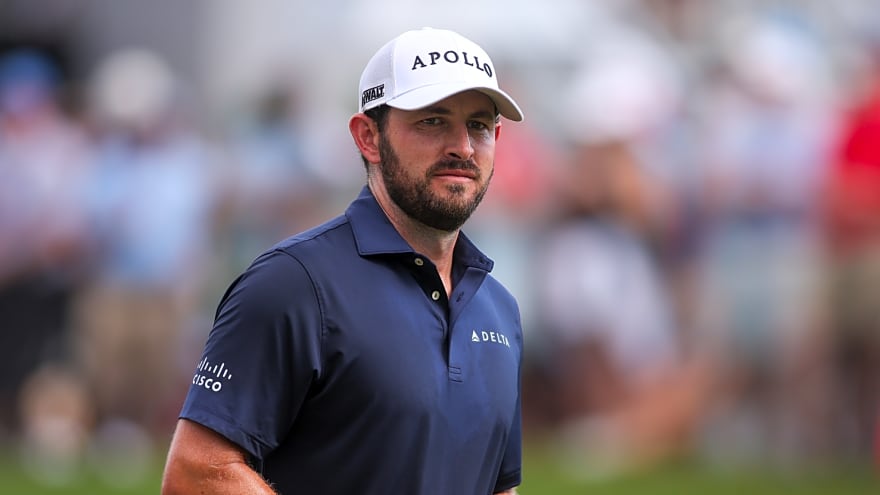
Ranking U.S. Ryder Cup pairings by how much you would hate to play with them
If you're an avid golfer, you know the anxiety-inducing feeling of showing up to your local muni as a twosome on a busy Sunday afternoon. The twosome you get paired with can make or break your entire weekend. Since captain Keegan Bradley finalized the U.S. Ryder Cup roster on Wednesday, let's have some fun by ranking the three worst duos you would hate to be paired with on the golf course. 3. Cameron Young and Harris English Getting paired with Young and English would be a bore fest from the first tee to the 18th green. The introductory handshakes and the occasional "nice shot" would be the only interactions you get from them all day. You'll spend the entire round debating whether they're 25 or 45. At some point, you'll ask your buddy if they're even friends. Sure, it would be a treat to watch Young bomb majestic high draws 350 yards and English drain multiple 30-footers with ease, but that's where the fun would stop. The over/under for the number of smiles cracked between the two of them might be set at 2.5. 2. Collin Morikawa and Sam Burns Morikawa just doesn't seem like a good hang this year. From multiple quarrels with the media to a handful of caddie switches in the span of a few months, Morikawa has been too high-strung and paranoid in 2025. He'd be quick to blame you for a poor drive because you blinked too aggressively in his backswing. No thank you. Burns is on the other end of the spectrum in that he'll keep to himself and pretend not to know Morikawa very well. He'll throw out a "Sorry about him, he's having a tough year" to ease the tension, but his personality isn't bubbly enough to offset Morikawa's bad vibes. 1. Patrick Cantlay and Xander Schauffele Cantlay would be the absolute worst-case scenario as a random pairing. You'd think his minute-long pitter-patter over the ball on the first tee was a one-time exercise to ease his nerves, but you quickly realize it's a steady feature of his pre-shot routine. Even though he's hitting the fewest shots, he's taking the longest time to hit them. The groups behind you start to pile up. At one point, the impatient union worker behind you hits into your group to send a message. Cantlay doesn't care. Five hours later, you finally finish up on 18. The group that was in front of you all day is already on their second beverage at the clubhouse bar. In an age when pace of play is just as important as your final score, Cantlay would be a nightmare pairing.

Eagles 'Expected' To Sign Former 4th-Round Patriots WR
It appears as though another wide receiver will be joining the Philadelphia Eagles in the near future. Teams have been making moves left and right over the course of the week. Hundreds of players hit the waiver wire as teams have adjusted 53-man rosters and practice squads. The Eagles have been scouring the market and potentially have another playmaker on their hands. CBS Sports' Matt Zenitz reported on Friday that the Eagles are "expected" to sign former New England Patriots wide receiver Javon Baker to the practice squad. The Eagles are signing the former Patriots WR "The Eagles are expected to sign former Patriots wide receiver Javon Baker to their practice squad, sources tell CBS Sports," Zenitz said. "Was a fourth-round draft pick of New England last year and played in 11 games as a rookie for the Patriots last season. "Baker, who played collegiately at Alabama and UCF, was college teammates with multiple current Eagles players including DeVonta Smith. At UCF in 2023, he ranked first nationally among Power Four players with an average of 21.9 yards per catch." Baker has a connection with Eagles receiver DeVonta Smith, as Zenitz mentioned. He isn't the first receiver to come to town this offseason with a connection to Smith. Philadelphia has been adding receiver talent and recently acquired John Metchie III, who also played college ball with Smith. Metchie and Baker also overlapped at Alabama for two years before Baker moved on to UCF in 2022. The 23-year-old was selected in the fourth round of the 2024 NFL Draft by the Patriots and appeared in 11 games as a rookie. Baker caught one pass for 12 yards and the Patriots moved in a different direction. Baker put up some big numbers back in college. For example, in 2023, he has 1,139 receiving yards and seven touchdowns in 13 games played. Now, he'll join the Eagles' practice squad that already has included Britain Covey, Elijah Cooks, Terrace Marshall since the team was able to start forming the practice squad this week.

